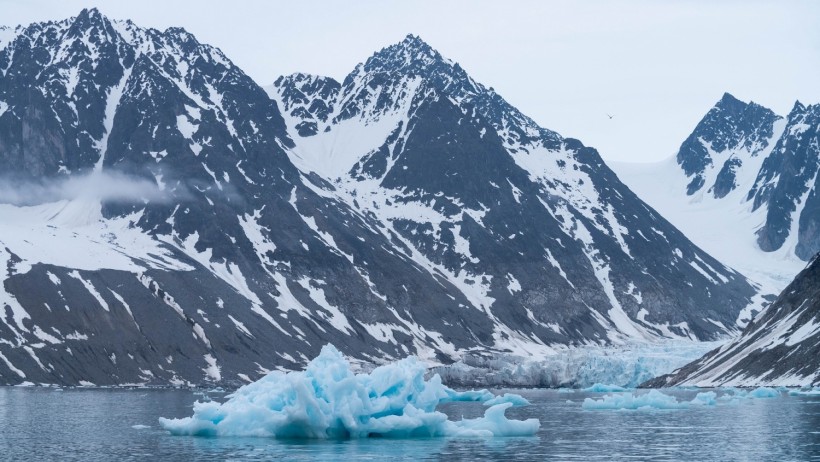States are seeking options to address the nation's water dilemma as a megadrought depletes water supplies in the United States. Can towing icebergs, a weird possible answer, help solve the issue?

Polar Glacier Iceberg
Water Crisis in the United States
A megadrought that has lasted more than two decades is forcing large regions of the western United States to deal with a water catastrophe. Many towns around the nation are experiencing water stress due to the drought, and some are being pushed to the breaking point.
Hundreds of homes in the Arizona desert enclave of Scottsdale may run out of water by December 1, while a small village in California named Coalinga is predicted to run out of water before the end of the year.
Two-thirds of the world's nations lack reliable water supplies, and as the population of the planet rises and climate change impacts both the availability of water and the frequency of rain, the issue is only expected to become worse.
According to predictions from the United Nations, there will be a 40 percent gap between worldwide demand and freshwater availability by 2030. Additionally, despite having access to sufficient fresh water, millions of people lack even the most basic water security due to pollution and subpar infrastructure.
World Health Organization (per Devex) said 2 billion people drink water that has excrement in it. As a result, a young kid dies every five minutes.
"We're going to have a 5 percent increase in demand for water because of a growing population, at the same time that climate change is going to make those sources more polluted and less stable," Matthew Birkhold, a professor at Ohio State University, told Newsweek.
Is Towing an Iceberg Possible?
Despite the severity of the situation, Birkhold contends that towing icebergs and collecting the water they contain might be a viable option, even if it poses several ethical, moral, and environmental concerns.
Iceberg harvesting for drinking water is not a novel concept. In the 1970s, attempts to tow icebergs to cities like Los Angeles, Dubai in the United Arab Emirates (UAE), and Australia was among the first significant suggestions.
The concept was long regarded as outlandish, if not impossible, and it never took hold. However, the technology is now here to theoretically make such endeavors possible.
Given their immense size, several of these icebergs have the potential to provide fresh water for human use. According to Birkhold, a typical-sized iceberg drifting off the Canadian coast could provide water for almost 200,000 people for a whole year.
On a far lesser scale, icebergs are already being harvested for water in various locations in the Northern Hemisphere. For instance, the settlement of Qaanaaq in Greenland utilizes dump trucks to haul relatively tiny icebergs into melters. Water from this process is then used in municipal systems.
Birkhold also highlighted a Norwegian businessman who collects icebergs by lifting them out of the ocean using a crane. In one instance, the water is gathered and then marketed as a high-end good for $150 for each bottle.
However, three major initiatives are currently underway to tow big icebergs great distances around the world to collect them for drinking water: the Southern Ice Project, headquartered in South Africa; Polewater, based in Berlin; and the UAE Iceberg Project, situated in Fujairah.
All of these initiatives have said they will begin towing icebergs for this purpose as soon as they have received enough money. Birkhold is worried about the precedent these private initiatives would create.
RELATED ARTICLE: Ice Shelf Protecting Antarctica's Largest Glacier Is Breaking Quickly to Pieces [WATCH]
Check out more news and information on Global Warming in Science Times.














